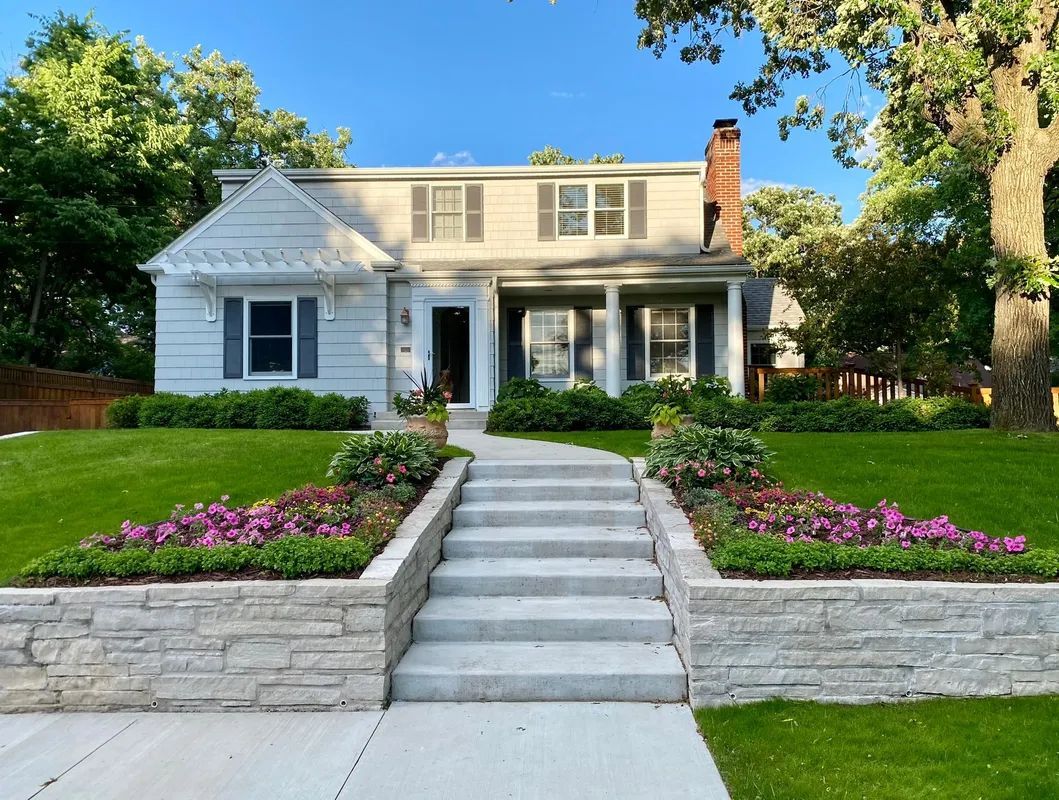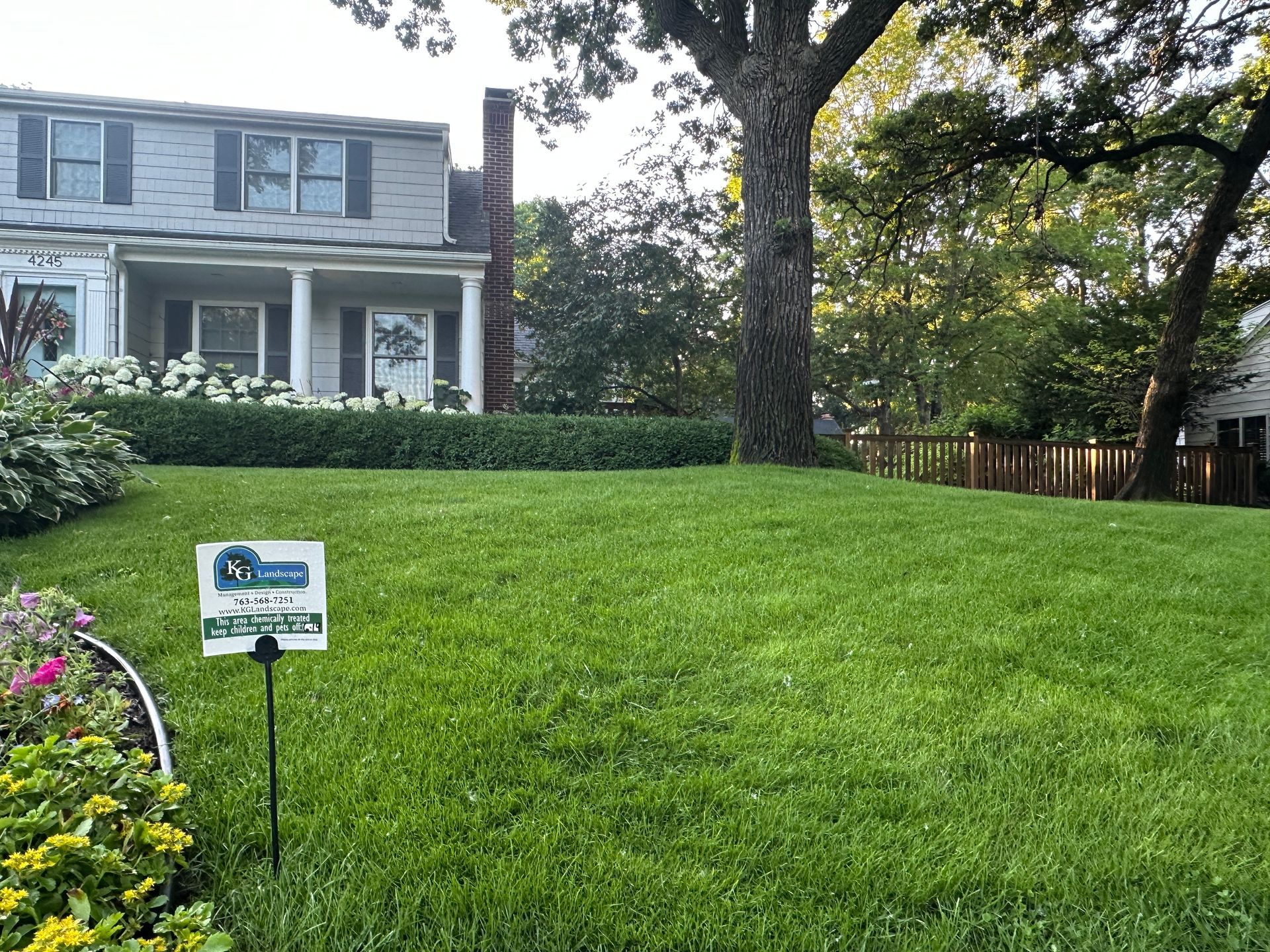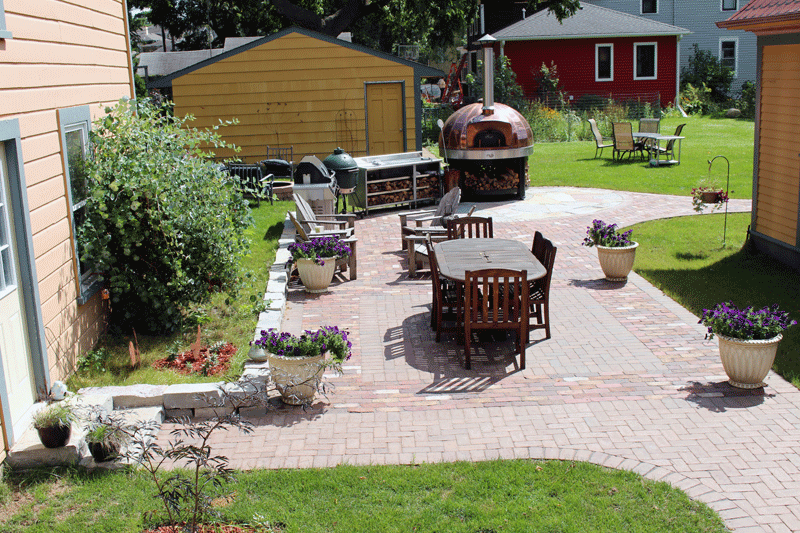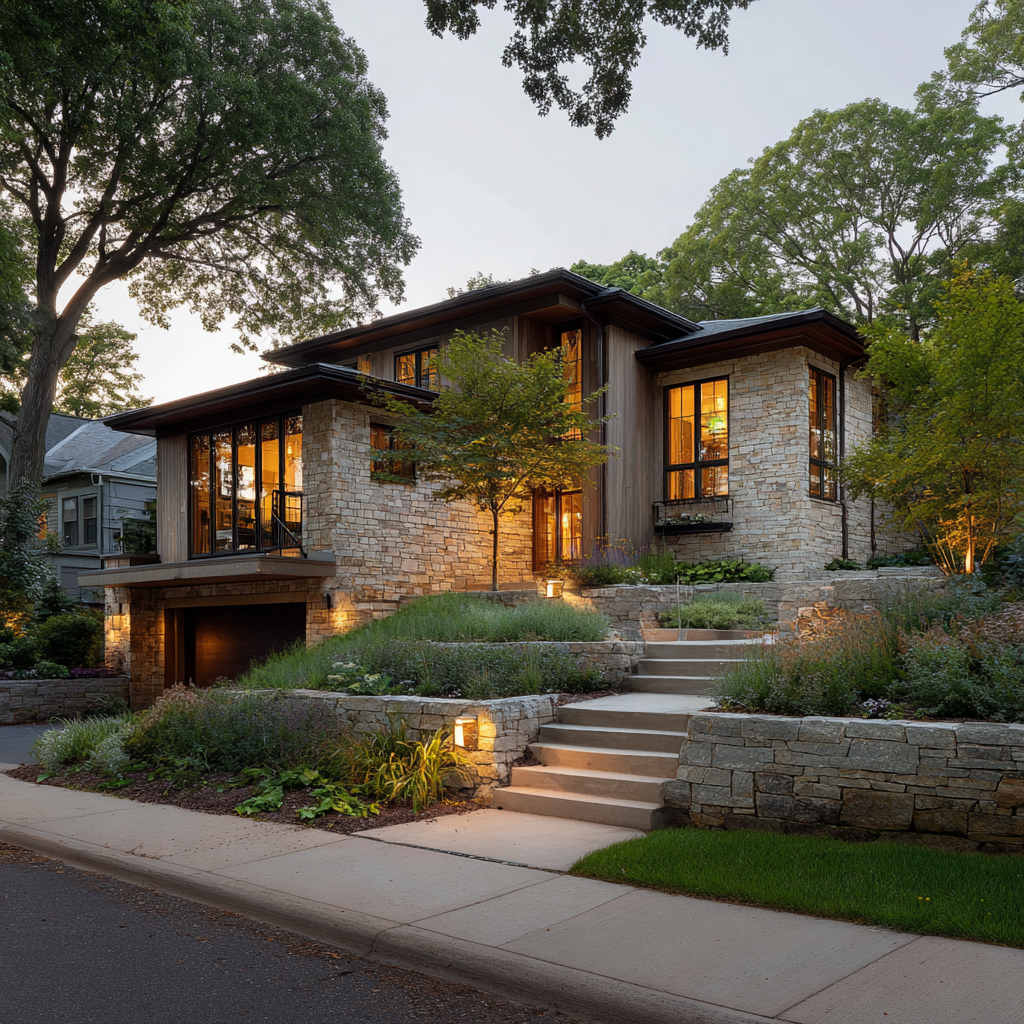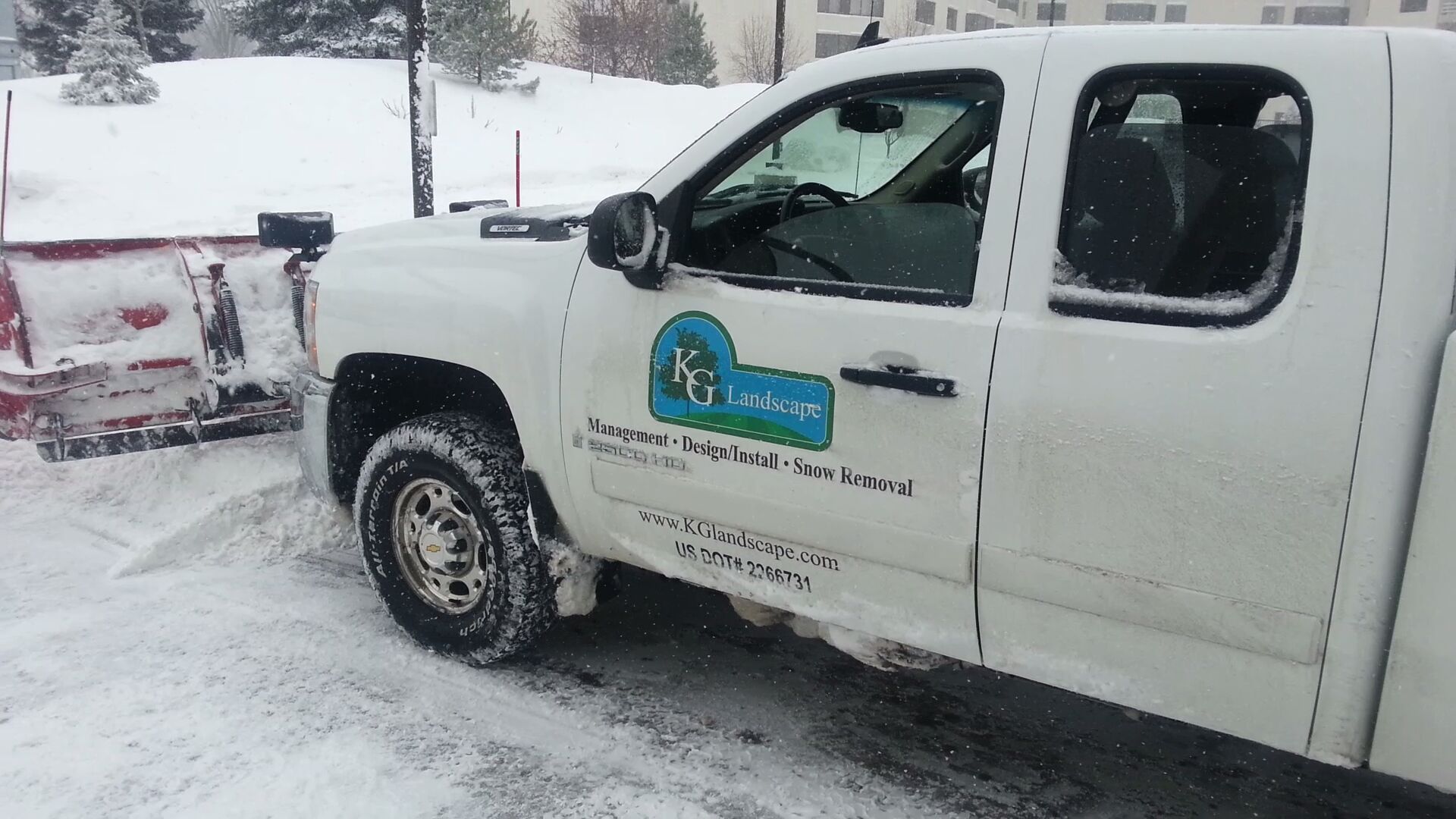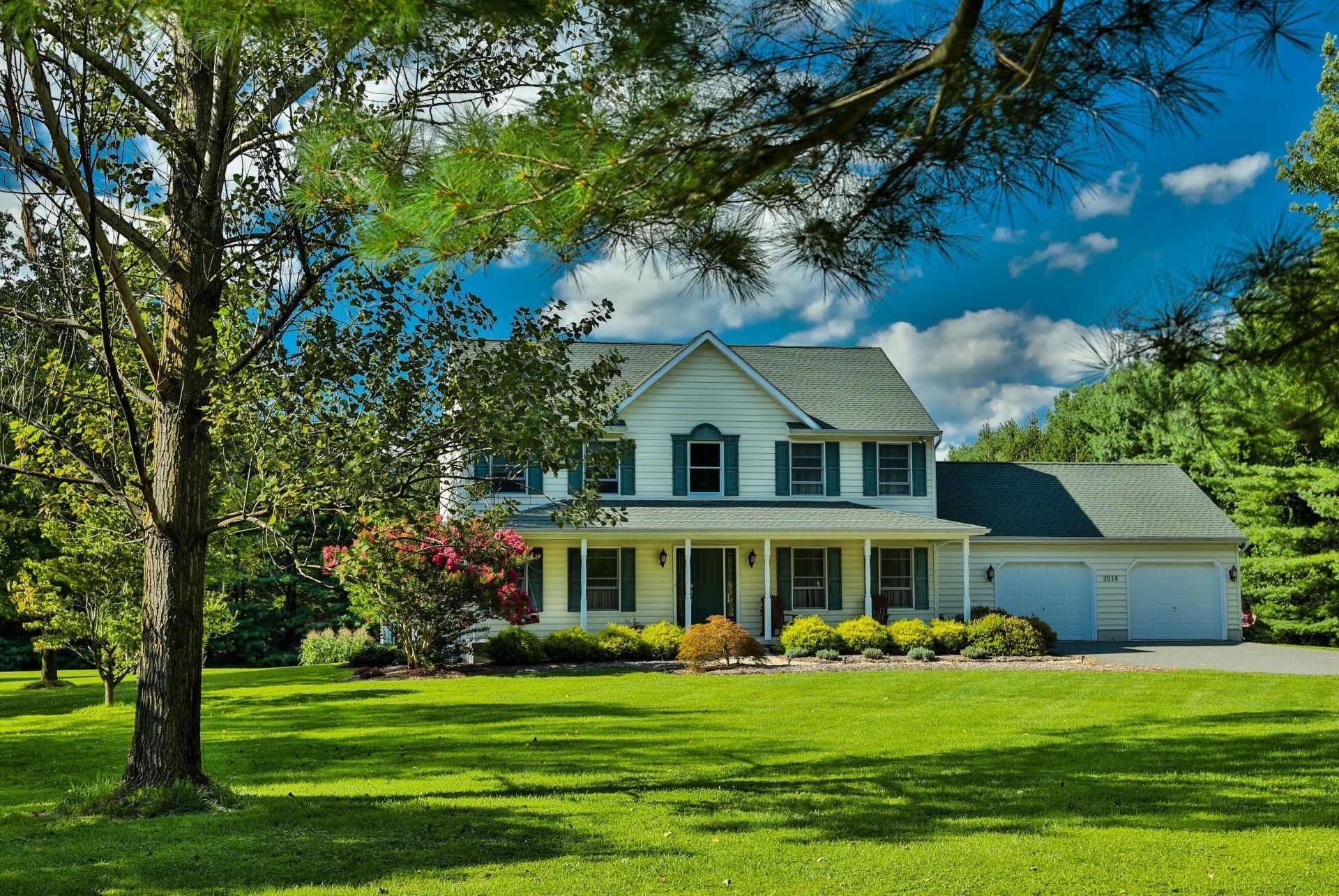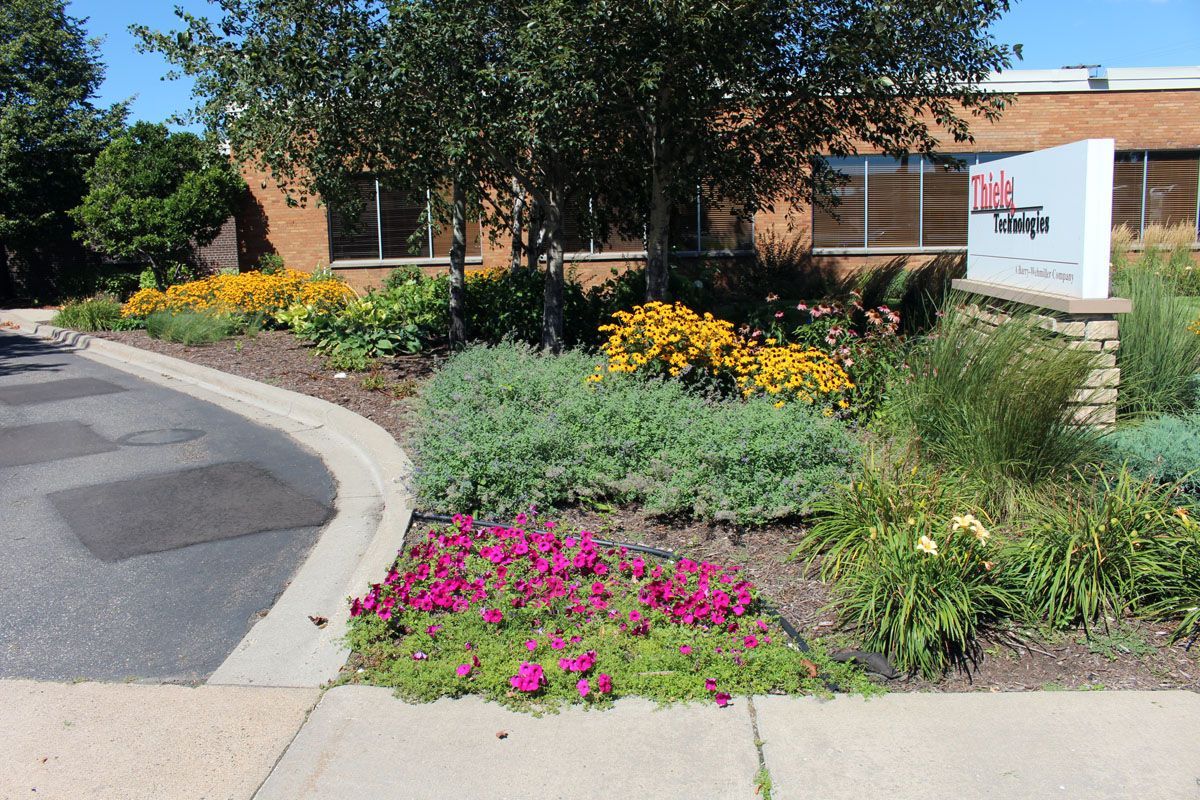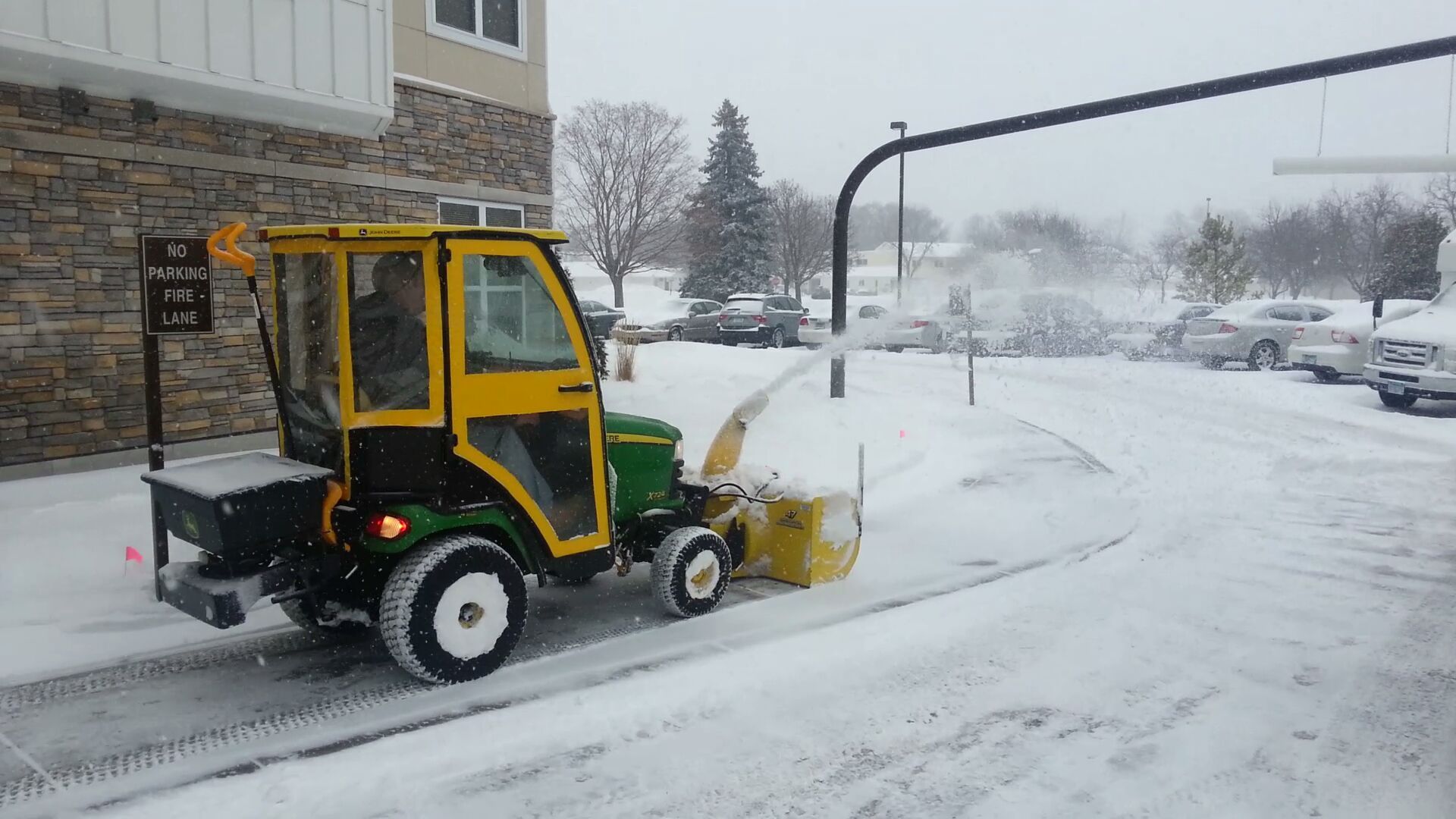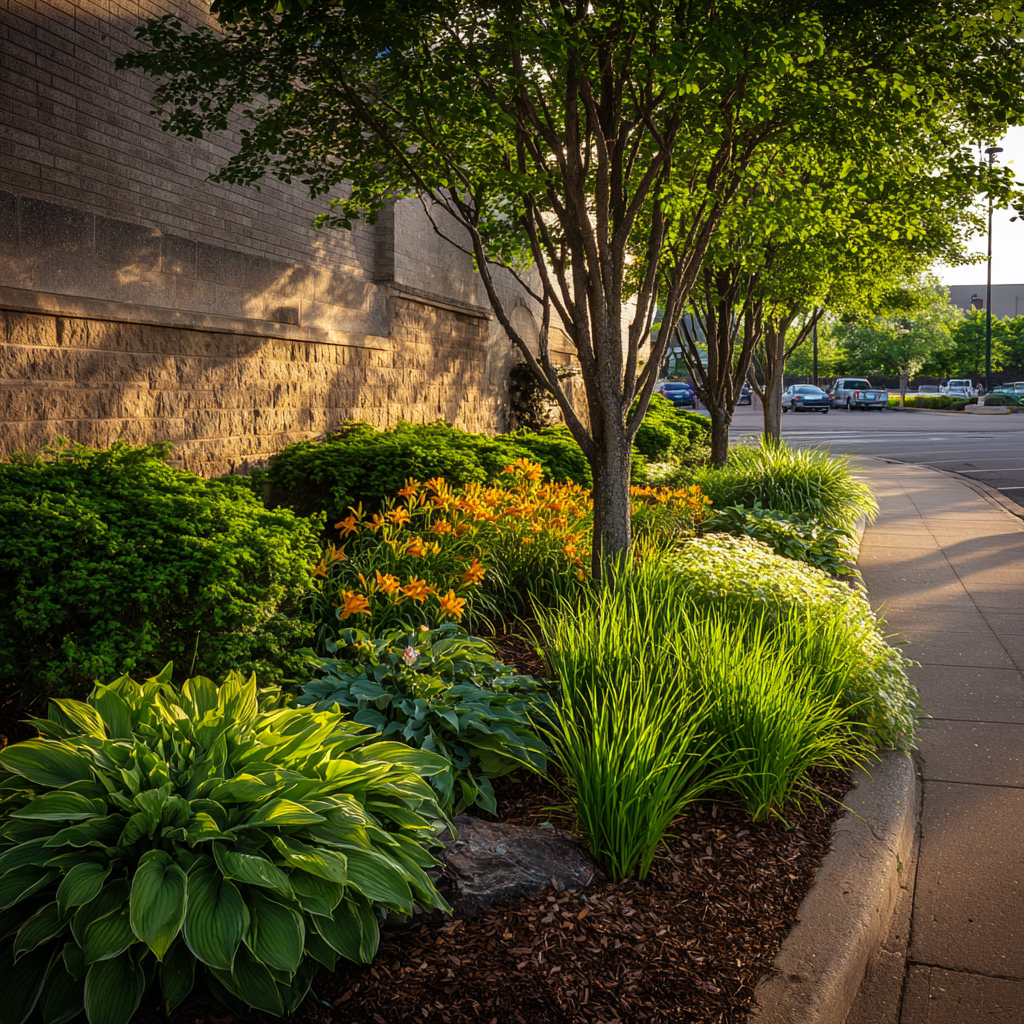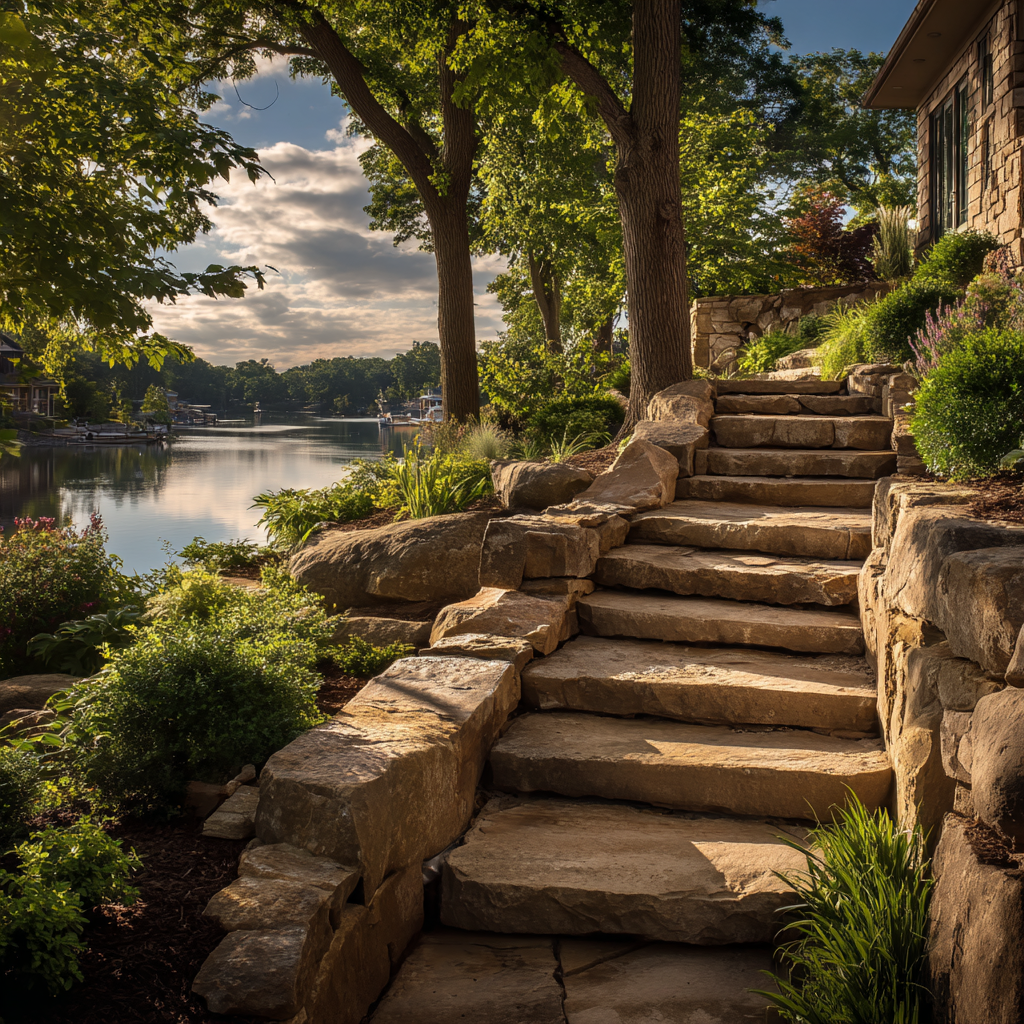When Is the Best Time to Seed Your Lawn?
Here - consider our climate in Twin Cities/Minneapolis, soil conditions, and different types of grasses. Ready to re-energize your lawn with new growth? Then, let's dig into some serious seeding!
Best Time to Seed Your Minnesota Lawn
The best time to seed your lawn depends on the type of grass you have. Late summer/early autumn and early spring are generally recommended for cool-season grasses that we have in MN, while mid-spring to late summer is ideal for warm- season grasses .Late Summer/Early Autumn
We find the best conditions for sowing lawns in late summer and early autumn. Because warm soil and cooler air temperatures enhance seed germination, grass care becomes a more successful endeavor.Furthermore, cool-season grasses should be planted at least 45 days before the first projected fall frost. Overseeding is a popular method that helps thicken your lawn by filling up barren patches with new grass seeds during this time period.
Early Spring
Early spring is the best time for lawn seeding. As temperatures start to rise, so does the vibrancy and potential for growth in your grass. The perfect window for early spring lawn seeding usually opens in April when weather conditions stabilize.Seeding during this period capitalizes on long, cool springs prevalent in several regions. This climate favors rapid lawn rejuvenation and establishment. Seeds take root quickly because of steady rainfall and moderate temperatures, pushing forth new sprouts that thicken into lush green blankets across your yard by the summer season's onset.
Mid-Spring to Late Summer
Mid-spring to late summer is the best time to seed your grass. This phase is ideal for the growth of cool-season turfgrass species . The milder temperatures during these seasons encourage grass seeds to grow and establish themselves.Grass seed takes many weeks to sprout, so this time period is ideal because of the extended daylight hours, which provide adequate sunlight for photosynthesis. Furthermore, the moderate temperatures of late spring and frequent showers create a perfect condition for the sprouting of grass seeds in our lawns.
Factors to Consider for Successful Seeding
Factors to consider for successful seeding include:
The type of grass you are planting.
The location and climate of your area.
The condition and preparation of your soil.
Cool Season Grasses vs. Warm Season Grasses
Cool-season grasses and warm-season grasses have different temperature preferences and growth patterns. Cool-season grasses, such as fescue and Kentucky bluegrass, thrive in the spring and fall when temperatures are cooler.
These grasses are more tolerant of frost, low light conditions, and lower temperatures compared to warm-season varieties like Bermuda grass or zoysia. On the other hand, warm-season grasses prefer warmer temperatures, between 80 and 95 degrees Fahrenheit.
Planting cool-season seeds during peak summer months can result in poor germination or even seedling death due to the heat.
Location and Climate
The location and climate play a role in determining the best time to seed your lawn. For instance, warm-season grasses prefer soil temperatures ranging from 65°F to 70°F, which are typically found in areas with warmer climates. On the other hand, cool-season grasses are better suited for our region with cooler temperatures and can tolerate frost and snow.
Soil Conditions and Preparation
The best soil for seeding has specific qualities that promote grass seed growth and germination. Factors such as soil composition, temperature, and moisture content play a significant role in creating an optimal environment for seed establishment.
Adequate planning and preparation involve:
Clearing the area of debris
Loosening compacted soil.
Removing any weeds or rocks that may hinder seed growth.
Maintaining Your Newly Seeded Lawn
Proper maintenance is crucial for the success of your newly seeded lawn. From watering and fertilization to weed control, we'll guide you through the necessary steps to ensure a healthy and thriving lawn .
Watering and Irrigation
Watering and irrigation play a significant role in maintaining your newly seeded lawn. It is important to water new grass seedlings 2 to 3 times a day, for about 5 to 10 minutes each time.
This helps keep the soil moist for proper seed germination. The best times to water your lawn are in the morning and evening, with mornings being the most ideal. Watering every day is recommended for new grass seeds, unlike established lawns where watering frequency may be less frequent.
It's also important to water immediately after spreading the seeds and continue watering twice daily until they sprout.
Fertilization
Before planting new grass seeds, it is recommended to fertilize the lawn with commercial products like lawn starter fertilizer. This helps provide essential nutrients to support the growth of the new grass. After seeding, it's important to fertilize again 4 to 6 weeks later. Choosing the right fertilizer is key, and it's best to use a slow-release fertilizer from April to June for optimal results.
Based on soil test results, applying fertilizer during the initial seeding period should be sufficient for around 6-8 weeks. Just remember to avoid using fertilizers containing crabgrass preventer or weed and feed within four weeks prior to planting your new lawn.
Weed Control
To maintain a healthy and weed-free newly seeded lawn, it is essential to implement effective weed control measures . One way to manage weeds is by using a Feed, Weed, and Moss Killer product on lawns that are at least six months old and have become overrun with weeds or moss.
However, it's important not to apply broadleaf weed controls until the grass has been mowed three times or after 30 days of germination. Additionally, newly seeded areas should be protected from foot traffic for at least a month or until the new lawn has established itself.
To achieve optimal results in weed control, always choose high-quality seeds recommended for this purpose and consider timing your lawn establishment carefully.
When Is The Best Time to Plant Grass Seed?
Late summer or early autumn is generally considered the best time to plant grass seed. This is because the warm soil and cool air create perfect conditions for growth.
For optimal results, it is recommended to plant cool-season grass seed at least 45 days before the first fall frost.
However, you can also plant grass seed in the spring, depending on grass type. Consider factors such as climate, location, soil conditions, and temperature when determining the best time for lawn seeding.

